When choosing teaching and learning materials published -printed or digital there are many things to consider. Many teachers in preschool even create their own materials to use in teaching. But HOW and DO they evaluate the pedagogical quality? The children’s learning goals should be the core attribute when choosing of the materials the teacher will use in the classroom. Teacher Rezvan Zonoubi has a Ph.D. in TEFL and loads of experience teaching English as a foreign language in different countries and spaces. She knows the science behind the learning and has over 15 years of experience teaching adults and kids alike. She tells us about the Language Clubhouse English as a second language program, “The key success of a language program lies in its use of instructional materials. A good selection of excellent and effective materials is essential and critical in learning because they shape the learners’ knowledge and the world in a new language. Due to the significance of materials, we have given careful consideration to developing appropriate and suitable content to address the needs of our learners regardless of their cultural and educational background.”
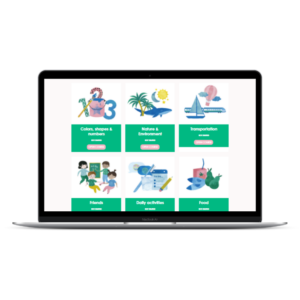
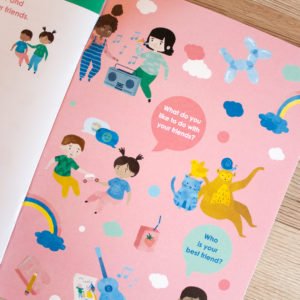
Rezvan goes on to tell about the holistic program, “The developed materials in our program cover 12 themes and 48 topics connected to learners’ daily life. We have defined clear objectives and aims for all topics and all the learning tasks and activities are set to attain the objectives. The tasks and activities provide opportunities for communicative and authentic language use, engage learners meaningfully and actively in the content and arouse and maintain their interests and attention. The songs and games in our program positively contribute to learners’ emotional health and well-being.”
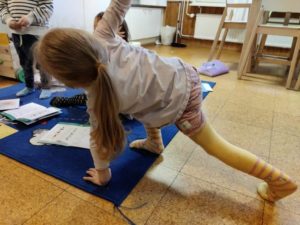
Yes, it is crucial to support the 21st century learning goals, and to have an approach and method to support the whole child. However it is just as important to have the tools and materials to evaluate and assess your goals. Rezvan goes on to say , “The most valuable part of our program is involving our learners in evaluation and assessment. Our materials allow them to assess their own learning and evaluate their learning achievements. Our quizzes for each theme and one-to-one evaluation sessions help learners and their parents learn about their learning outcomes for each theme. In a nutshell, our materials are engaging, communitive, fun, meaningful, based on learners’ needs and learning styles, and involve learners in assessment.” Yes the program is important, but Heller (2007) has pointed out that language practices are inseparable from beliefs and attitudes towards languages in the society around them. So let’s as educators and parents support and embrace all the languages around us, native or non-native.
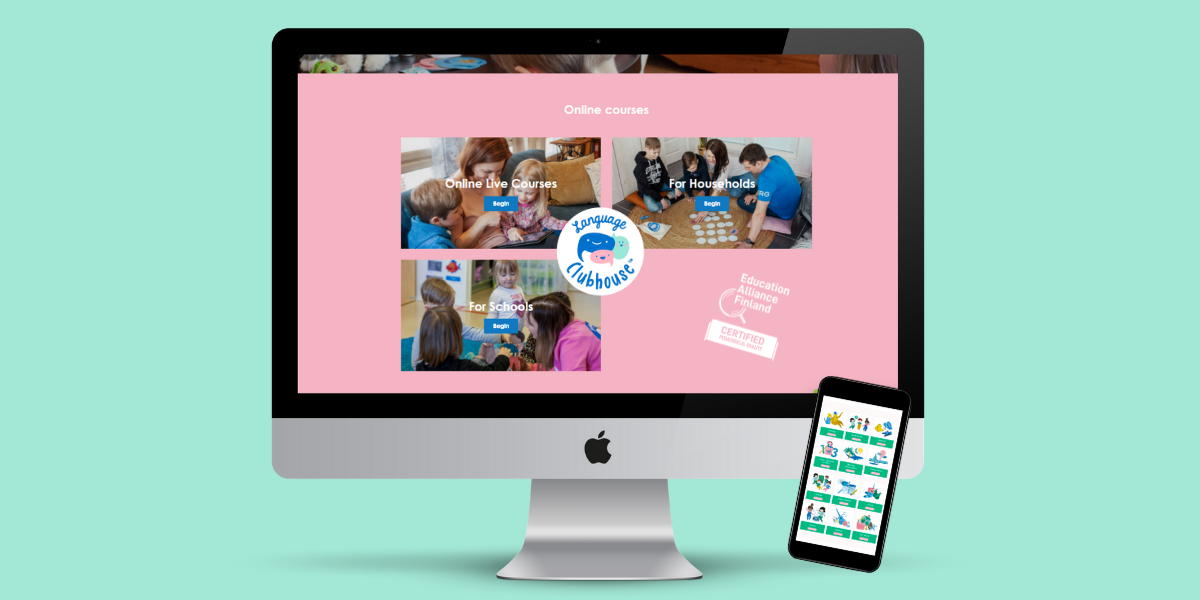
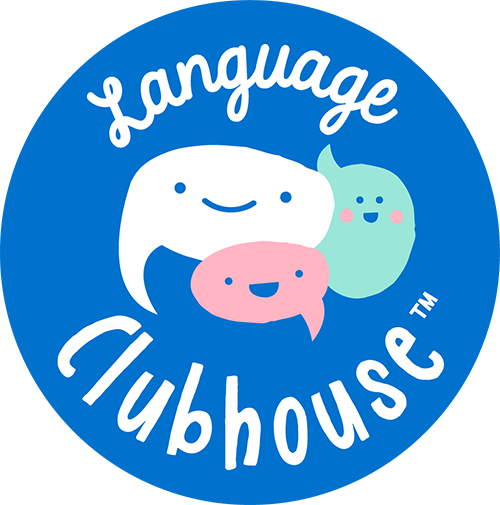
 Linkedin
Linkedin
 Facebook
Facebook
 Instagram
Instagram
 Youtube
Youtube
